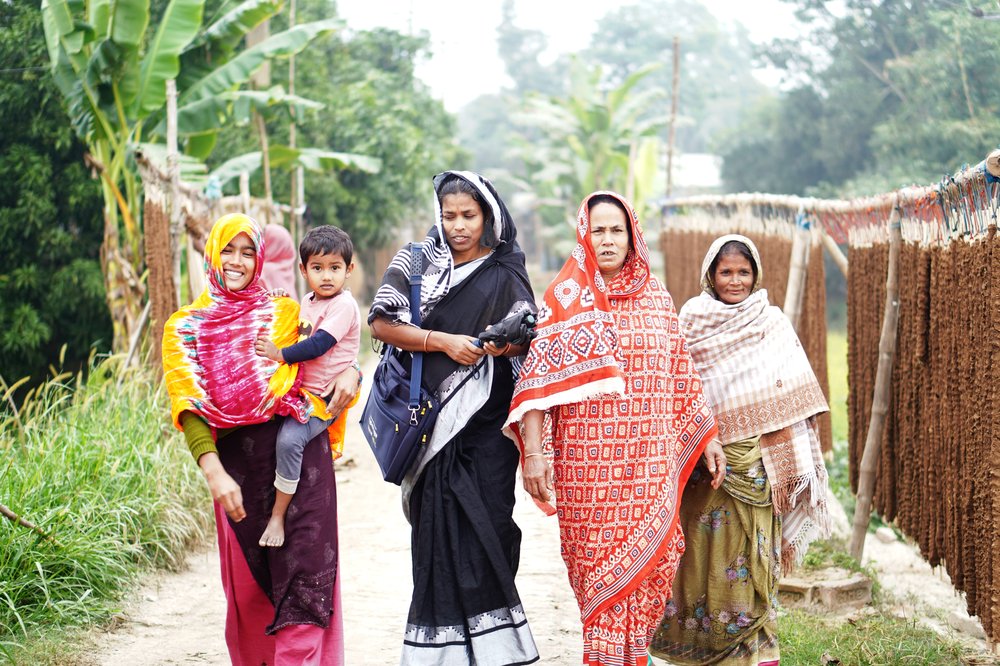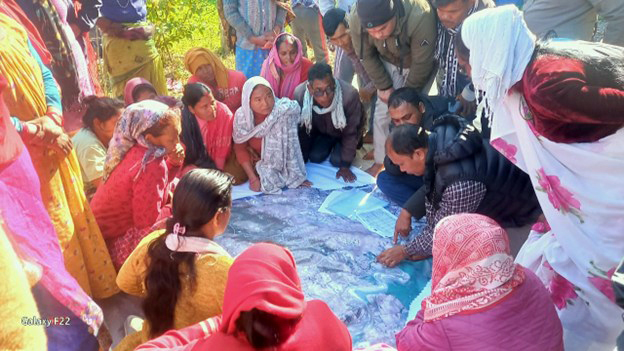Pakistan’s land-tenure problems are more severe and have been more persistently ignored than nearly any others found on the planet. Though last year’s flood altered Pakistan’s landscape, it did not alter the fact that the vast majority of land in Pakistan is owned by a very small number of landlords – chiefly by 300 families of “feudals” who have ruled the Pakistani countryside for generations.
Their workers make up nearly half of the rural population, own no land, and toil as sharecroppers, day laborers, or under debt bondage. For generations, the only land most of them have been able to call their own is the plot for their grave.
These landless poor have no meaningful stake in rural society and it is often the Taliban who step in to use the poor’s grievances as grounds for recruitment.
For the poor, owning at least some land of one’s own is a lifeline to survival – a basic source of nutrition, income, status, and security. Grossly mistreated by landowners, the landless poor in country after country have supported severe civil unrest and outright revolution.
But solutions exist. In neighboring India, a number of individual states are now granting cost-free ownership of house-and-garden plots of about a tenth of an acre (slightly bigger than a tennis court) to the landless poor. Last year, India’s central government, eager to make further progress on the issue of landlessness and to undermine a persisting Marxist rebel movement, pledged $200 million to help buy lands – earmarked to become another 2 million micro-plots – at market price.
In Pakistan itself, Sindh Province has distributed 43,000 acres of government-owned land since 2008, mostly to poor rural women. That distribution has been of much larger plots (about 10 acres), but the same quantity of land could reach more than 400,000 landless families using the smaller house-and-garden plot model. Indeed, Punjab Province, Pakistan’s most populous, is now distributing one-quarter-acre plots to an initial 1,500 landless families, using government land.
The house-and-garden small-plot model reduces the amount of land required, allowing the government to acquire the land voluntarily, at market price, or use underutilized public land.
Huge amounts of assistance are now flowing into Pakistan from the world community. Islamabad and the provinces, with the support of the international community, should embrace giving micro-plots to the landless to ensure that the laborers who didn’t drown in their landlord’s fields are afforded a chance to build better lives for themselves, creating greater stability in Pakistan, and in turn furthering global security
Related blogs


